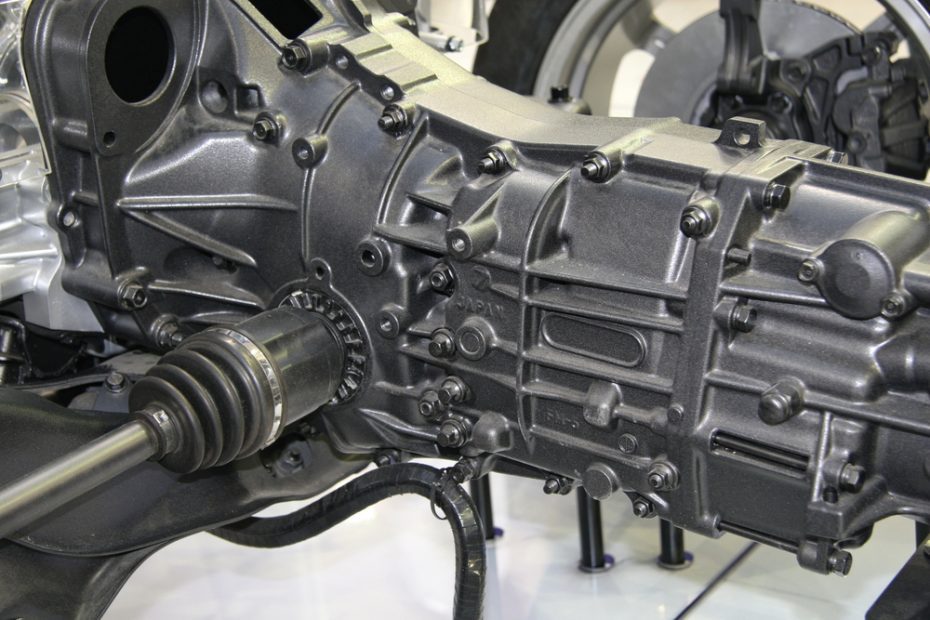What are the 5 most popular types of PLC?
Introduction
Programmable Logic Controllers (PLCs) have revolutionized automation and control systems across various industries. These electronic devices are designed to carry out specific tasks, controlling machinery and processes efficiently. With their flexibility and reliability, PLCs have become an integral part of modern industrial automation.
PLCs come in various types, each suited for different applications and requirements. In this article, we will explore the five most popular types of PLCs used in the UK and their key features.
1. Compact PLCs
Compact PLCs are commonly used in smaller-scale automation projects where space is limited. They are compact in size, making them easy to install and integrate into existing systems. Despite their smaller footprint, compact PLCs offer a wide range of input/output (I/O) capabilities, allowing for effective control of multiple devices.
Compact PLCs are ideal for applications such as vending machines, small conveyor systems, and building automation systems. They offer a cost-effective solution without compromising on performance.
2. Modular PLCs
Modular PLCs are versatile systems that can be easily customized to meet specific automation requirements. These PLCs consist of a base unit that accommodates various plug-in modules, such as I/O modules, communication modules, and special function modules.
Modular PLCs are highly scalable, allowing for easy expansion as the automation needs grow. They are widely used in industries with complex control systems, such as manufacturing plants and process industries. The ability to add or replace modules without affecting the overall system makes modular PLCs a popular choice for large-scale applications.
3. Rack-Mount PLCs
Rack-mount PLCs are designed for applications that demand high-speed processing and extensive I/O capabilities. These PLCs consist of a rack-mount chassis that accommodates multiple modules, providing a scalable and powerful control solution.
Rack-mount PLCs are commonly used in industries where real-time control is crucial, such as power generation, robotics, and aerospace. Their ability to handle large amounts of data and execute complex calculations makes them suitable for demanding automation tasks.
4. Programmable Automation Controllers (PACs)
Programmable Automation Controllers (PACs) bridge the gap between traditional PLCs and industrial computers. PACs combine the features of a PLC with advanced computing capabilities, offering enhanced processing power, memory capacity, and connectivity options.
PACs are well-suited for applications that require sophisticated data processing, data logging, and remote monitoring. They are commonly used in industries such as oil and gas, water treatment, and automotive manufacturing. PACs provide a flexible and future-proof automation solution that can handle complex control algorithms and advanced data analysis.
5. Safety PLCs
Safety PLCs are specifically designed to ensure the safety of personnel and equipment in hazardous environments. These PLCs comply with strict safety standards and regulations, providing reliable and fail-safe control systems.
Safety PLCs offer features such as redundancy, self-diagnostics, and fault tolerance to minimize the risk of accidents and ensure a high level of operational safety. They are widely used in industries such as oil refineries, chemical plants, and nuclear power plants.
In summary, the five most popular types of PLCs in the UK are compact PLCs, modular PLCs, rack-mount PLCs, programmable automation controllers (PACs), and safety PLCs. Each type offers unique features and advantages, catering to different automation requirements. Whether it’s a small-scale application or a complex industrial process, choosing the right type of PLC is essential for efficient and reliable control.
What is the difference between Level 1 and Level 2 PLC?
Introduction
PLC stands for Programmable Logic Controller, which is an essential component in industrial automation systems. PLCs are used to control and monitor various processes in manufacturing plants and other industrial environments.
Level 1 PLC
The term “Level 1 PLC” refers to a specific type of PLC used in industrial automation. It is primarily responsible for controlling and monitoring individual devices or machines within a production line. Level 1 PLCs are typically programmed to execute basic tasks and perform real-time operations.
Level 2 PLC
On the other hand, “Level 2 PLC” refers to a higher level of PLC that controls and coordinates multiple Level 1 PLCs. It is responsible for managing overall system operations, data collection, and communication with other systems, such as human-machine interfaces (HMIs) or supervisory control and data acquisition (SCADA) systems.
Differences
The main differences between Level 1 and Level 2 PLCs are:
- Scope of Control: Level 1 PLCs have a narrower scope of control as they focus on individual machines or devices, while Level 2 PLCs have a broader scope and handle the coordination and management of multiple Level 1 PLCs.
- Complexity: Level 2 PLCs are more complex than Level 1 PLCs, as they require additional features and capabilities to handle system-level operations and communications.
- Programming: Level 1 PLCs typically have simpler programming requirements compared to Level 2 PLCs, which need more advanced programming techniques for efficient system control and coordination.
- Data Handling: Level 2 PLCs are designed to collect and analyze data from multiple Level 1 PLCs, enabling better decision-making and system optimization.
Quote
“Level 1 and Level 2 PLCs work together seamlessly to achieve efficient and reliable automation in industrial settings.”
Conclusion
In summary, the difference between Level 1 and Level 2 PLCs lies in their scope of control, complexity, programming requirements, and data handling capabilities. While Level 1 PLCs focus on individual devices or machines, Level 2 PLCs coordinate and manage multiple Level 1 PLCs to ensure smooth system operations.



